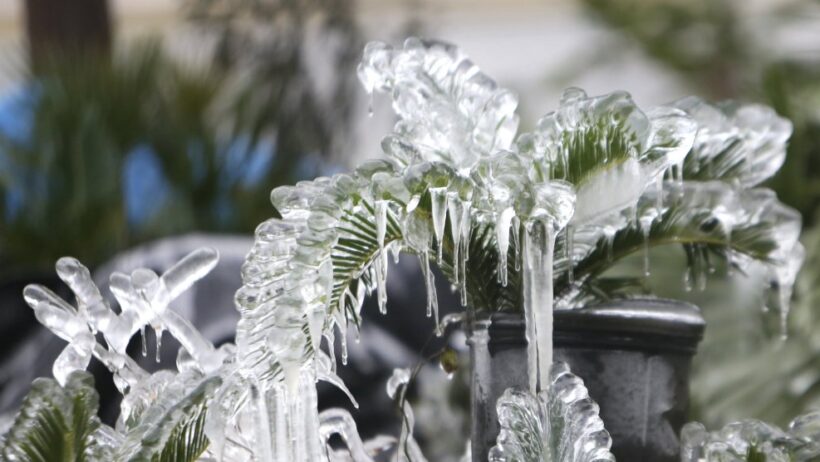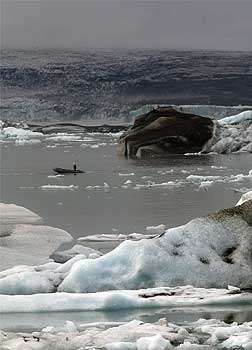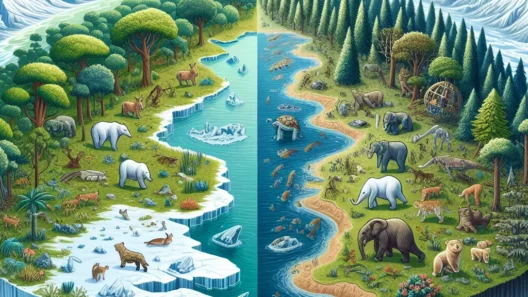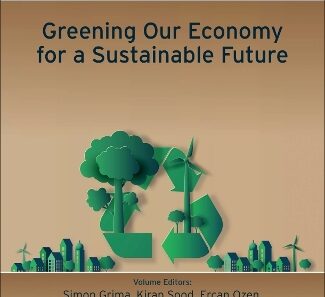Snow in Florida? At first glance, this phenomenon seems paradoxical. The Sunshine State is renowned for its tropical climate, where warm temperatures and palm-lined beaches dominate the landscape. Yet, climate change has introduced a range of anomalous weather patterns that warrant our attention. So, is climate change really responsible for snow in such warm places? Let’s explore the intricate mechanisms behind this weather phenomenon.
Historically, Florida’s weather has been characterized by mild winters and hot summers, with occasional cold fronts passing through. However, the unusual occurrence of snow in Florida, as witnessed in various locations over the years, raises significant questions about climate variability and global warming. The interplay between rising global temperatures and localized weather events may hold the key to understanding why places like Florida experience snow.
To comprehend the relationship between global warming and snow in warmer climates, we must first delve into the essential principles of meteorology. Weather systems are influenced by a multitude of factors including ocean temperatures, atmospheric pressure, and wind patterns. Typically, as temperatures rise, it seems counterintuitive for snow to fall in regions known for their temperate climates. Nonetheless, truth can often be surprising.
Global warming, primarily driven by human activities such as burning fossil fuels and deforestation, results in the alteration of weather patterns. The increase in greenhouse gases leads to a warmer atmosphere, which in turn affects the ocean’s temperature. Warmer oceans can increase evaporation rates, contributing to higher humidity levels in the air. This abundant moisture doesn’t necessarily translate to warm weather; when combined with cold air masses, it can lead to unexpected winter weather events, including snow.
During the winter months, frigid air can push down from the polar regions, occasionally mixing with the warm, moist air that the Gulf of Mexico generates. This juxtaposition of warm and cold air creates an environment ripe for snow formation. In essence, while overall temperatures might be rising, the transient cold snaps can still generate enough chill to yield snow—albeit in areas not accustomed to such occurrences.
Another significant contributor to the snow phenomenon in Florida is the concept of climate extremes. While climate change amplifies the average temperature, it simultaneously increases the severity of extreme weather events. This paradoxical situation creates conditions where states like Florida can experience brief, unexpected snowfalls, while simultaneously enduring prolonged heatwaves. The net effect can be a more volatile climate that defies traditional expectations.
Additionally, it’s important to consider ocean currents and atmospheric phenomena, like La Niña and El Niño. These climate patterns can have a profound influence on weather conditions across the globe. During periods of La Niña, for instance, the southeastern United States often experiences cooler and wetter conditions, potentially creating scenarios favorable for snowfall even in the southernmost states.
While the sight of snowflakes gently blanketing palm trees may seem whimsical, it presents a visible reminder of the complex interplay between climate change and weather phenomena. Moreover, these occurrences provoke deeper contemplations about the implications of climate change—both present and future. How do we reconcile such anomalies with our understanding of climate stability?
Beyond the immediate aesthetics of snow in Florida, it raises broader challenges relating to environmental resilience. Ecological systems are intricately linked to their climate. A significant disruption caused by unexpected weather can lead to profound effects on local flora and fauna. Many species are adapted to specific climatic conditions, and erratic weather patterns can jeopardize their survival, leading to declines in biodiversity.
The challenges posed by climate change, exemplified by the peculiar occurrence of snow in Florida, necessitate urgent action. Policymakers must grapple with these complexities to develop adaptive strategies that enhance resilience. This includes investing in infrastructure that can withstand unpredictable weather, preserving habitats that are vulnerable to climate shocks, and promoting sustainable practices that mitigate further climate change.
Furthermore, the occurrence of snow in regions like Florida compels society to re-examine its appreciation of climate change. Playful questions about natural anomalies are vital for fostering public discourse about global warming. How often do we consider that the tumultuous shifts in our climate can manifest not just as increased heat but also as unexpected cold? This broader perspective may inspire collective action, encouraging the public to engage in environmental advocacy.
In conclusion, while it may seem unlikely for snow to grace the warm embrace of Florida’s shores, the interplay between global warming and weather anomalies tells a complex story. Florida’s winter snow serves as an emblematic reminder of our changing climate, challenging our perceptions and calling for increased awareness and action. Understanding the underlying mechanisms not only enriches our scientific knowledge but strengthens our resolve to combat climate change. The whimsical image of snow-laden palm trees stands not merely as a curious anomaly but as a crucial reminder of the intricate relationship between human actions and the world’s climate system.







